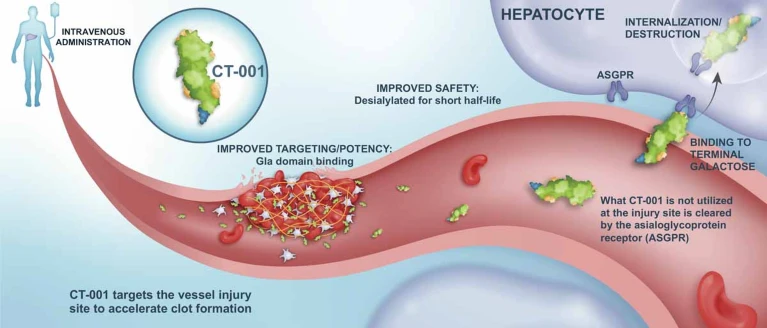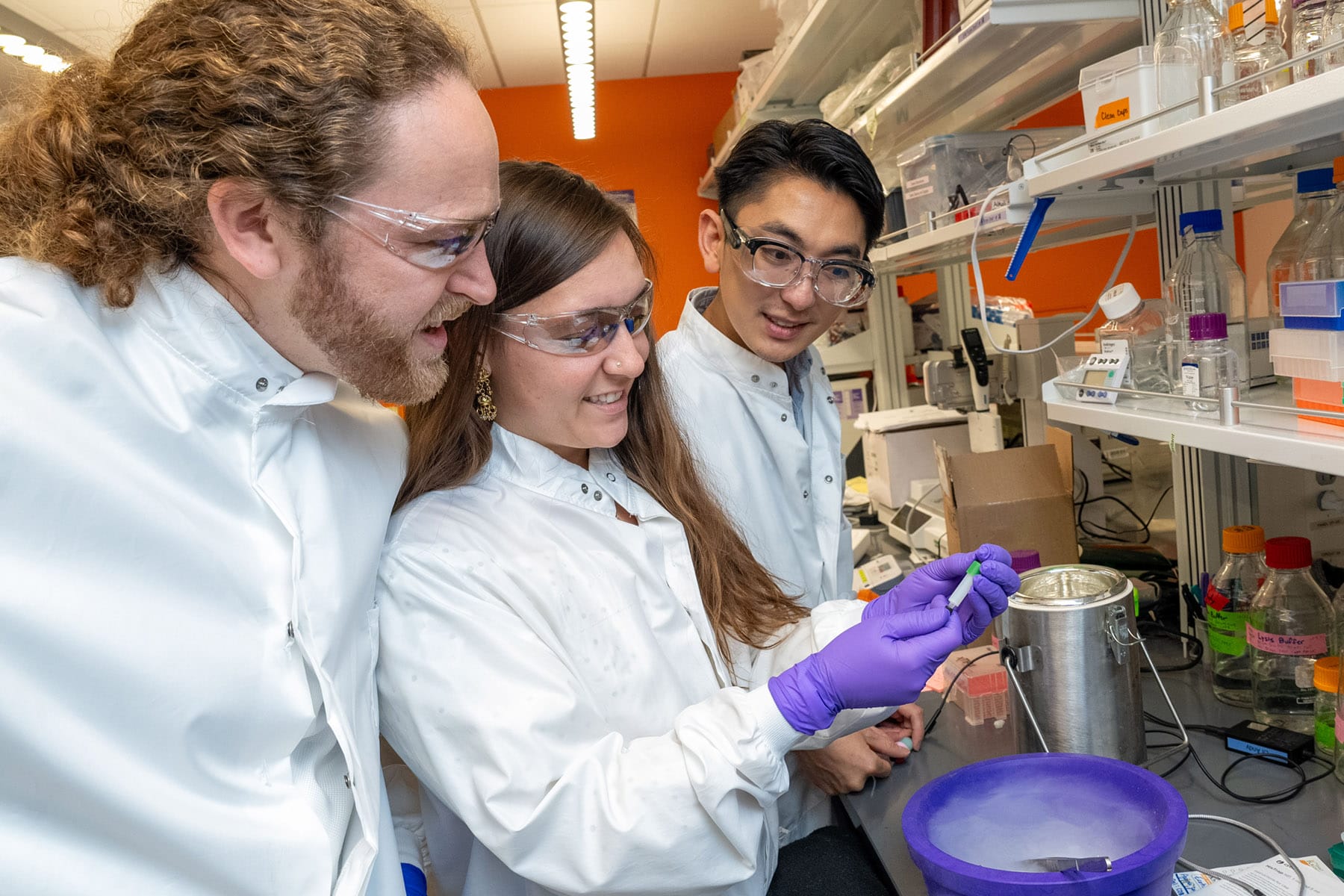Startup Launches With ‘RNA Sensor’ Technology From Stanford and MIT To Better Control mRNA Therapies
From the story by Ryan Cross at Endpoints News.
Finding a way to deliver genetic medicines to the right parts of the body is one of the most technologically vexing problems in the biotech industry. Many companies grappling with the issue are trying to create new delivery vessels for the job, with mixed results.
But one small startup has a different approach: Let the therapies wander wherever they want, then turn them on once they’re in the right place.
The idea, developed by Stanford chemical engineer Xiaojing Gao and MIT synthetic biologist Jim Collins, is the basis of their new company Radar Therapeutics. The Berkeley-based startup launched Thursday morning with $13.4 million in seed funding to develop its so-called RNA sensors.
“We want to turn off an RNA transcript and prevent it from being expressed by default,” CSO Eerik Kaseniit, a former graduate student who worked on the technology in Gao’s lab, told Endpoints News in an interview.
Radar’s scientists do that by adding a stop codon — three genetic letters that are the molecular equivalent of a red light — in front of the mRNA therapy, which prevents cells from reading the message.
The therapy is designed to pair with a natural RNA found primarily in the target cell. It could be something that distinguishes a healthy cell from a sick one, or lung cell from a liver cell. When the molecules mesh, they attract a natural editing enzyme called ADAR. By changing a single letter in the RNA therapy’s code, the enzyme gives cells the green light to begin making the therapeutic protein.
Keeping a therapy turned off until it’s in the right spot could be especially important for delivering potent cancer drugs, Radar CEO Sophia Lugo said. But her company has other ideas for its RNA sensors too.
“We could find fibrotic or aging cells and then inhibit those fibrotic pathways or regenerate those cells specifically,” she said. “We could find cells that are under attack and specifically protect them. These are many of the possible applications for us.”
Lugo wouldn’t disclose which specific applications Radar is focused on, and she said it was too soon to say when tests in people could begin.
Several academic teams, including one led by Josh Huang at Duke University and another led by Jonathan Gootenberg, Omar Abudayyeh and Fei Chen at MIT, have developed similar RNA sensors based on ADAR. Their work, and Gao’s, was published in October 2022.
“It’s exciting and validating in our industry when many institutions find the same problem at the same time, and then find a similar solution,” Lugo said. “We’re excited for healthy competition.”
Lugo said that Radar has licensed the technology from Stanford and is considering licensing from other universities. But she and Kaseniit emphasized that they’ve taken the technology a step further than what’s in the academic papers, in part by optimizing the design of the RNA sensors to better lasso ADAR.
Several companies, including AIRNA, Korro Bio, and Wave Life Sciences, are developing therapies that recruit the ADAR enzyme to edit RNA already inside the cell. And Lugo suggested that Radar’s efforts to improve ADAR recruitment could be valuable for RNA-editing companies as well.
“We know there’s excitement around that,” she said. “And we see their advances of entering into the clinic as exciting too because it familiarizes the FDA with leveraging endogenous ADAR.”





